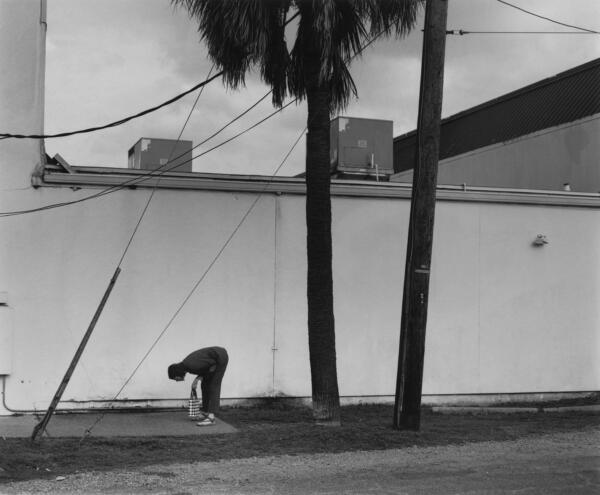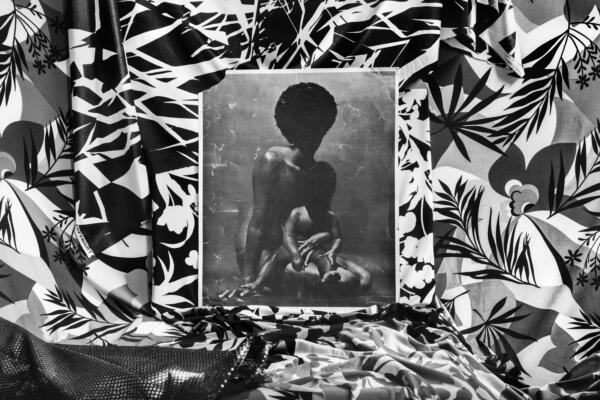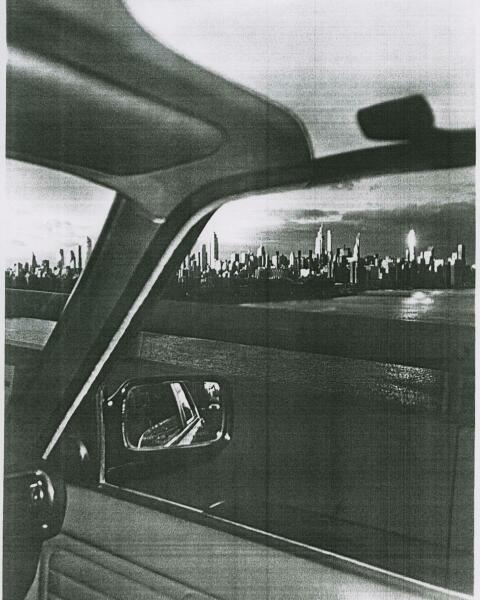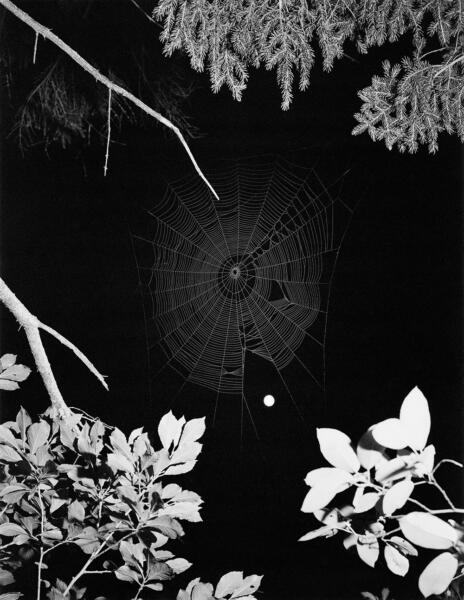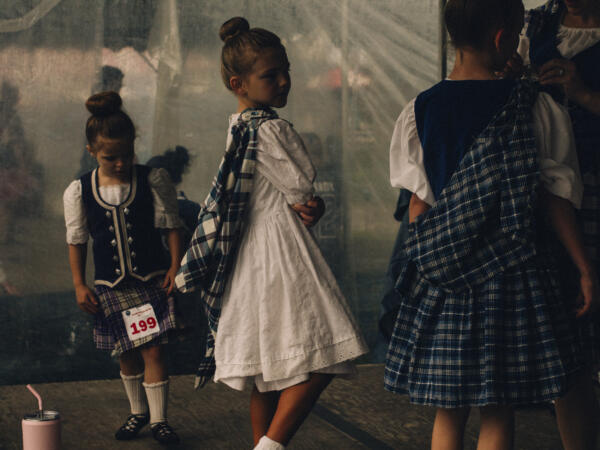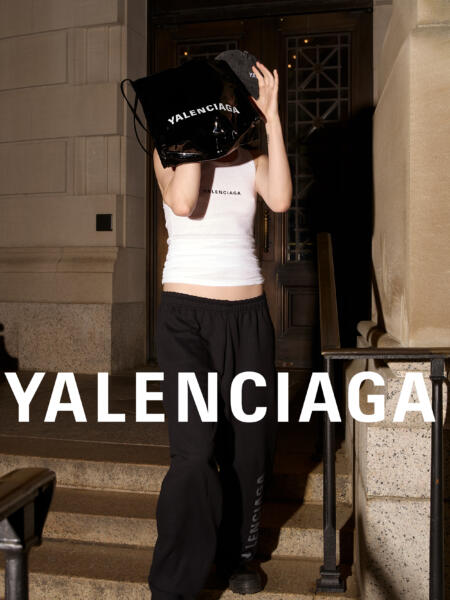Zora J Murff | We Here For Some Jive Conspiracy
February 19th - May 20th | 939 S Santa Fe Ave, LA
Tues - Sat | 11am - 6pm
We Here For Some Jive Conspiracy is the title of Webber’s inaugural LA exhibition by American artist Zora J Murff.
Murff’s practice is consistent in its fierce and open questioning of racial and cultural constructs – this specific iteration of works being geared toward the histories and social climate of Los Angeles. This is not the first time the artist has chosen to focus on one place in order to detail a more expansive case-study of America’s complex and deep racial history - shot in Omaha, Nebraska, At No Point In Between (2021) exists as a photographic study of a Black community which has been shaped by a legacy of injustice and oppression.
Here in this LA installation, Murff continues to utilise photography’s objective power alongside our faith in the image to probe our existing relationships with racial indifferences, whilst weaving in an array of historical documents alongside a growing archive of memes, online social phenomena, and pop culture references.
This amalgamation of materials, time and information comes together through a collaging of the gallery walls and floor in homage to fly-postering as a means of direct, provocative communication. The piece White Girl is comprised of a long repeating series of the famous image of OJ Simpson’s white Bronco being driven down Interstate 405 in 1994, both the scene and the individual now serving as an emblem of LA’s racial and fanatical character.
An arguably intrinsic link exists between the televised courtroom trial and the Rodney King riots that took place just a few years prior, with Murff reproducing the images of Reginald Denny being pulled from his truck and assaulted at a large and unavoidable scale in the gallery. The artist delves further back in to the history of LA, police misconduct and class divisions with a piece titled Bobby said blow the Pigs away (rearranging the social order), an imposing 7 panel installation depicting Black Panthers founder Bobby Seale delivering a speech during the Watts riots in 1965. Within these pieces the viewer is confronted with the subjection of oppression and violence but also the strength and resilience of communities and individuals in the face of prejudices.
Kanye West appears in the artist’s work for the first time here too, both as an individual and an unavoidably controversial social phenomenon. Murff is keen to remain open in his dialogue, eager to probe how and why cancel culture exists amongst us and how it manifests. A polarising contrast exists between two particular works in the exhibition - a large photographic reproduction of Kanye West wearing a White Lives Matter shirt, and an exhibited editioned shirt designed by Murff himself depicting and revisiting Percy Lee Atkins, a man jailed for fashioning and wearing a shirt reading Freedom Now to a protest.
Murff continues to push in to a multitude of mediums and histories to not only draw comparisons but to search for a greater understanding and to contest larger systems of oppression at play; white supremacy, patriarchy and capitalism. A statement from the artist on this installation reads as follows; ‘We have the power to transcend divisions and to free Ourselves and others, but liberation necessitates action over sentiment. What can you find here past cultural entertainment? What messages do you take from what you see? This is a confrontation.’
Please contact info@webber.gallery for the list of works.
![]()
![]()
![]()
![]()
![]()
![]()
![]()
![]()
![]()
![]()
![]()























